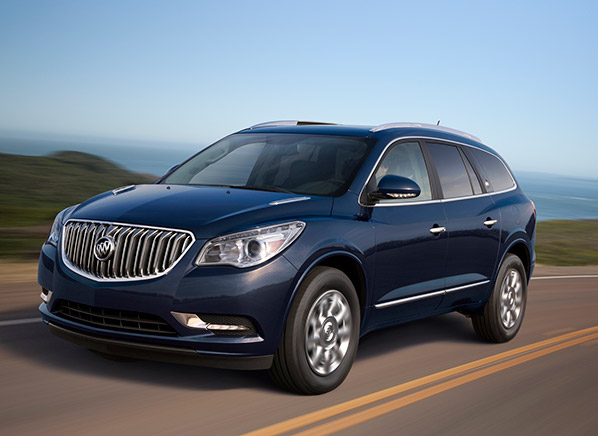Skyrocketing obesity rates—which have more than tripled in the U.S. to 18 percent of the people between 12 and 19 in the last 30 years—have also caused higher rates of conditions normally associated with adults, including type 2 diabetes, high blood pressure and high cholesterol.
To help doctors and parents treat young people with high cholesterol, the American Academy of Pediatrics revised its guidelines two summers ago and added statins—such as: atorvastatin (Lipitor); fluvastatin (Lescol); lovastatin (Altoprev, Mevacor and generic); pravastatin (Pravachol and generic); rosuvastatin (Crestor); and simvastatin (Zocor an generic)—to the array of treatments deemed appropriate for this age group. The group also lowered its suggested minimum age for drug treatment from 10 to 8.
The findings from studies of statin use in children with this inherited condition are partly behind the hypothesis that any child with elevated LDL levels would benefit from cholesterol-lowering medication based on an analysis of the published evidence by the American Society of Hospital-Pharmacists (ASHP). Other studies include autopsy reports from children who died due to other causes and were found to have plaque buildup in their artery walls (atherosclerosis), showing how heart disease can begin at an early age. Two studies have informed this concern, according to the ASHP analysis: one known as PDAY (The Pathobiological Determinants of Atherosclerosis In Youth) and another called the Bogalusa Heart Study.
When the American Academy of Pediatrics issued its revised recommendations, it had the unenviable task of trying to balance the possible risk of cardiovascular disease and heart attacks in young adulthood—particularly as obesity rates soar in this country—with the unknown effects of drug treatments. The new recommendations might serve as a wake-up call to parents and physicians.
But when statins are prescribed for children who lack the inherited condition, their use becomes off-label. That doesn't mean it's illegal: a doctor can prescribe any drug for a purpose he or she deems appropriate.
To date, the ASHP analysis concludes that there are no long-term studies of statin use by children that establish whether or not the medications reduce the number of heart attacks or other cardiovascular events in adulthood. In general, it's worth noting that off-label use of medications in kids is very common because studies are often not done due to ethical and cost reasons.
There is also concern over the long-term potential risk for children and adolescents who use these medications for years or decades, particularly the effects on the developing central nervous system, hormone levels, immune function, and organs. Lipids play a role in brain development, and at least two statins, simvastatin (Zocor and generics) and lovastatin (Altoprev, Mevacor, and generics) can cross the blood-brain barrier and could have a direct and negative impact on such development, according to a recent editorial in the Canadian Medical Association Journal.
It appears that many of the studies that have been done on children who have inherited high cholesterol levels are short-term, whereas statin therapy, in any case, may be a lifetime drug.
Medications to lower cholesterol were the most-often-prescribed drug in the U.S. in 2009. The FDA approved them to be used with dietary modifications to reduce LDL levels ("bad") cholesterol in the bloodstream. Last year, Lipitor was the most popular branded drug in the U.S., with over 51 million prescriptions written, and the highest selling, at $7.5 billion, according to figures from IMS Health. Drugs to lower cholesterol have been a boon for pharmaceutical manufacturers, earning them more than $14 billion last year alone. Today, 22 percent of Americans 45 years and older take a cholesterol-lowering statin.
And in many cases, it's with good reason. For adults, we know that statins can help lower LDL cholesterol roughly 18 to 60 percent depending on the type chosen, individual circumstances, and dosage. And for some people, statins help to cut the risk of heart attack or death. Research has also found that they might reduce the risk of a second heart attack for people who have already had one. Statin use has been studied predominately in adult populations and, while there are indeed side effects, most are generally safe. (Read on for more detailed information in our most recent Best Buy Drug report on use of statins in adults to lower cholesterol.)
But the situation is different with children. Statins approved by the FDA for use in kids are indicated for those who have an inherited cholesterol condition (heterozygous familial hypercholesterolemia) that causes very high levels of LDL in the blood—along the lines of over 500 mg/dL, leading to artery damage and possibly heart attacks at a relatively young age.

























